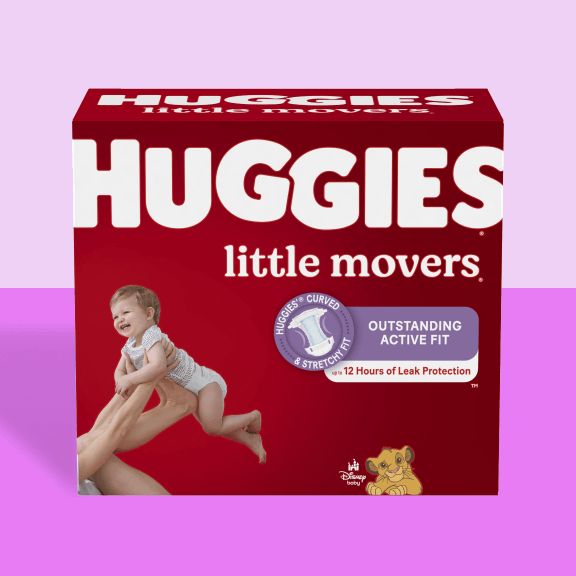Baby Skin Care
Massage Strokes for Baby Massage
You might be wondering how to massage your baby—they are so delicate! But baby massage strokes should be gentle but firm. Always make sure to respond appropriately to your baby’s cues.
If your baby has special healthcare needs or has recently been sick, please check with your pediatrician or nurse practitioner first before beginning massage. To find a certified infant massage instructor in your area, check out Infant Massage USA.
If your baby has special healthcare needs or has recently been sick, please check with your pediatrician or nurse practitioner first before beginning massage. To find a certified infant massage instructor in your area, check out Infant Massage USA.
How to massage baby’s legs and feet
Here are a few steps to help you massage your baby’s legs and feet:- Hold the leg with one hand and wrap your other hand around the thigh. Pull down to the ankle. Repeat, alternating the hand that holds and the hand that strokes so that you create a ‘milking’ effect.
- Cradling the foot in both hands use the balls of your thumbs to ‘walk’ over the sole with even pressure.
- While cradling the foot, stroke the upper side from the toes upward with the side of your thumb. Repeat.
- Embrace the foot and pause, tell your baby that this is their feet.
- With your fingers together, place your hands on either side of the thigh and rotate all the way to the ankle, giving the effect of rolling outwards. Repeat.
- Now proceed to other leg.
How to massage your baby’s abdomen
Here’s how to massage your baby’s abdomen. It's important that your hands are always below their ribs.- With fingers together, apply sweeping clockwise strokes circling the abdomen first with one hand and then the other. Avoid pressure over the bladder.
- Fold their knees onto their abdomen and hold for 10 seconds. Release. Cradle the legs and give them a little jiggle to loosen up.
- Repeat both the above in the same order.
- Rest your hands on their abdomen and pause, letting your child know that this is their tummy.
- For newborns: You might want to try the abdominal massage with each diaper change if your baby is prone to lots of gas, has colic, or is constipated.
How to massage your baby’s chest
Here are a few tips for massaging your baby’s chest:- With fingers together, place hands on center of baby’s chest. Then smooth outwards until hands are aligned with armpits, on either side of their chest. Repeat.
- Rest hands on their chest and pause to let them know this is their chest.
How to massage your baby’s arms
When massaging baby’s arms, take these tips into account:- Hold the arm with one hand and wrap your other hand around the upper arm. Pull through to their wrist. Repeat, alternating the hand that holds and the hand that strokes so that you create a “milking” effect.
- With your fingers together, place your hands on either side of the upper arm and rotate down to their wrist giving the effect of rolling outwards. Repeat.
- Embrace the arm with both hands and pause to let your baby know that this is their arm.
- Embrace the hand with both your hands and pause to share with your baby that this is their hand.
- Repeat on the other side.
How to massage your baby’s face
The face is very delicate. Here are a few tips to help you massage your baby’s face correctly:- Cup your hands over the face and then move them apart with a smoothing action over the brow. You can greet your baby or say, “Peek-a-boo!”
- With your fingertips, apply moderate pressure over the cheeks in a circular motion.
- Move behind the ears and repeat circles on the spot.
- Cup the face with both hands and pause. “This is your face!”
How to massage your baby’s back
Here are tips to massage your baby’s back correctly:- With both hands cradling the crown of the head and your fingers together, stroke all the way to your baby’s toes. Repeat.
- Embrace the back with both hands and pause. “This is your back!”
Anne White
Nurse, Massage Therapist and IAIM trained Infant Massage Instructor
The information of this article has been reviewed by nursing experts of the Association of Women’s Health, Obstetric, & Neonatal Nurses (AWHONN). The content should not substitute medical advice from your personal healthcare provider. Please consult your healthcare provider for recommendations/diagnosis or treatment. For more advice from AWHONN nurses, visit Healthy Mom&Baby at health4mom.org.
Nurse, Massage Therapist and IAIM trained Infant Massage Instructor
The information of this article has been reviewed by nursing experts of the Association of Women’s Health, Obstetric, & Neonatal Nurses (AWHONN). The content should not substitute medical advice from your personal healthcare provider. Please consult your healthcare provider for recommendations/diagnosis or treatment. For more advice from AWHONN nurses, visit Healthy Mom&Baby at health4mom.org.













